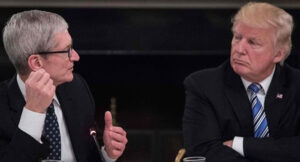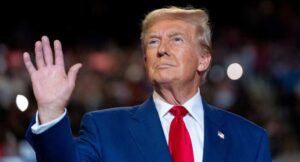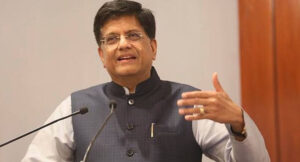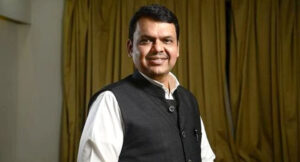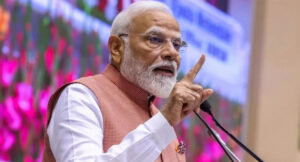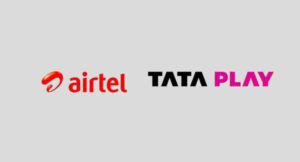With US President Donald Trump harping on import barriers like `reciprocal tariffs’ to protect factory jobs at home, Apple Inc has responded with a plan to invest $500 billion and create 20,000 jobs in America over the next four years. News reports suggest it will not bring iPhone making back onshore, but focus on churning out AI servers in the US. This move, announced after CEO Tim Cook met Trump in the Oval Office, echoes what Apple did during the latter’s earlier term, when it got tariff relief on iPhones shipped from China in lieu of local job creation. If a similar deal works out this time round, taut nerves would ease in India. As of now, however, a signature success of the Centre’s production linked incentive scheme is at threat. Thanks to this subsidy, local smartphone assemblers had joined global supply chains. This integration was led by Apple’s iPhone export thrust from India. In 2024, almost 1.1 trillion worth of these handsets were exported, a steep 42% rise that reflects an incline in both value addition and volumes. A hefty chunk of those shipments were to the US market, where Indian made devices had begun to rival the Chinese made.
With even new models being assembled here, this export boom has also been advertising `Made in India’ as a top end label. But then, Trump won the White House and put the idea of tariff reciprocity on his trade agenda.
Should a trade policy reset by America impact manufacturers in India, among the hard hit might be Samsung, Chinese players with local factories and Apple’s trio of phone makers: Foxconn’s Indian business, Tata Electronics and Pegatron’s local unit, in which Tata took a 60% stake recently. Admittedly, it is only a guess how Trump’s game of barriers will unfold. On current signs, he may impose tariffs to mirror ours on a bilateral basis, as reciprocity implies. This means India’s 16.5% import duty on smartphones would invite the US to charge the same on Indian shipments there. A raised barrier could go even higher in a bizarre but plausible scenario: if our GST gets counted too.
Either way, our US bound exports stand to get squeezed. Granted, this squeeze might be mild if China made devices face even steeper tariffs and American buyers prove price insensitive.
But we cannot count on blow softeners.
Indian import duties on some smartphone inputs are to be cut, as India’s latest budget outlined, but in case US tariff reciprocity kicks in, we should consider a big duty cut on the assembled product. Since this barrier’s strategic aim was to shield domestic assembly from import competition, we stare at a trade-off. Abroad duty cut, as trade rules demand, could expose our market to a Chinese influx again, hurting local assemblers. But then, these businesses have achieved scale and should’ve used it to sharpen a cost edge. Crucially, the import risk they’d face must be weighed against the need of low barrier access to the US to sustain a boom.
We must also factor in the consumer benefit of cheaper handsets that a duty cut will yield. Plus, it would align with the logic of free trade. A protectionist policy ought to serve as an industry incubator at most. Beyond a point, producers should be exposed to global rivalry, pushing them to raise their game. While Cook might yet be able to swing an iPhone carveout, our best bet may well be to play for US market access. A free trade pact could ease our path, but that’ll take long. And we must abide by trade rules. LiveMint
